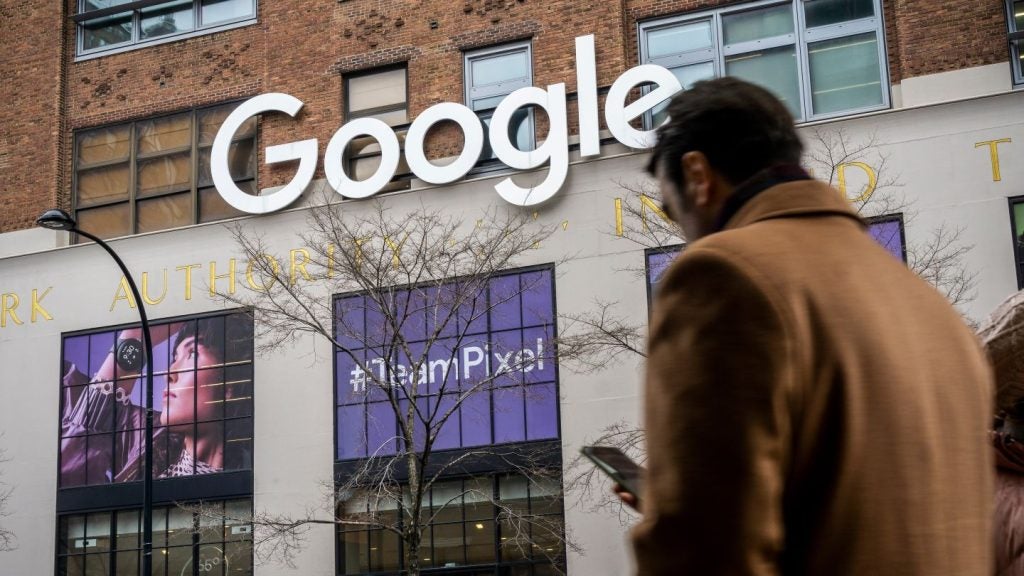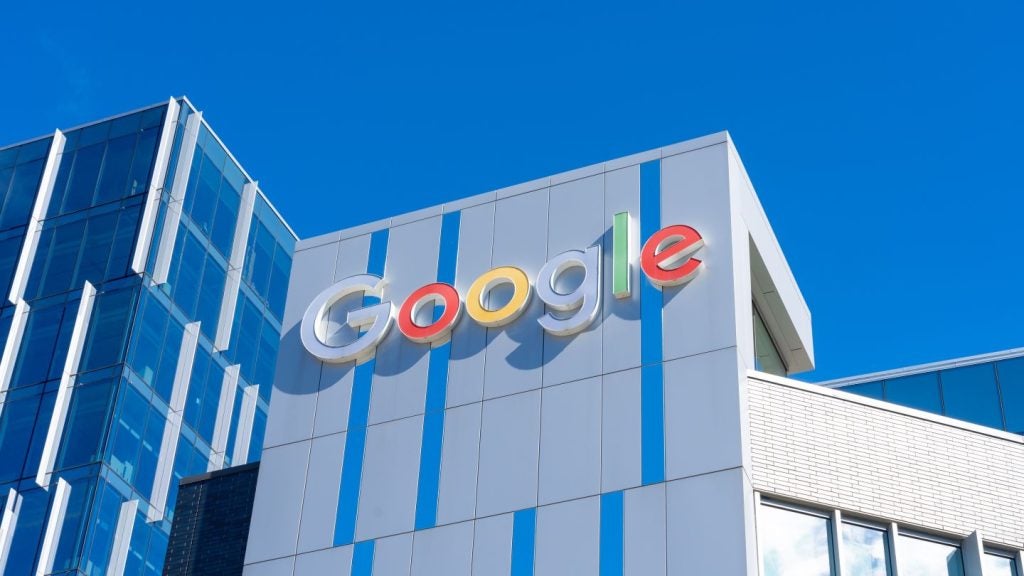US mobile carriers have begun accepting broken and damaged devices in their trade-in promotions as they and device OEMs face increasing pressure to go green and show their support for sustainability initiatives aimed at addressing the effects of climate change.
According to Assurant, a risk management company, one-third of smartphone owners have a cracked screen and phone owners drop their phones a minimum of four times a week. Once it’s time to purchase a new device, many smartphone owners think their damaged, old phone is beyond repair or not worth the hassle of repairs. They choose to dispose of them, adding to the growing issue of electronic waste.
In the US, initiatives such as self-repair kits have gained prominence among OEMs. Self-repair kits from Apple, Samsung, Google, and Microsoft allow consumers to repair their own devices with authorized parts and instructions. However, these options are not cheap and may not appeal to all users.
Carriers are targeting sustainability
Identifying an opportunity to address this issue and cement their status as contributors to the sustainability trend, carriers are offering a cost-effective solution by including broken and damaged devices as a valid option on their trade-in promotions. Handset promotions, offered by both carriers and OEMS, have played a big role in hastening the user upgrade cycle for flagship devices and making the devices more affordable to a wider segment of the audience.
Verizon currently allows its users to trade in broken devices, offering them the full trade-in value of the promotion (up to $1,000) when purchasing new flagship devices. While AT&T has allowed users to trade in broken devices in the past, the carrier is currently accepting broken devices but unlike Verizon it is not guaranteeing the maximum trade-in value of the promotion. Nevertheless, AT&T’s minimum acceptable trade-in value for a qualifying device is pretty low (sometime $35) which permits users that have devices with cracked screen to apply for its promotions.
T-Mobile joins the broken device trade party
Last month, T-Mobile US joined the bandwagon, accepting a broken phone in exchange for a new 5G smartphone as long as users sign up for a monthly payment plan. New devices offered include the OnePlus Nord N200 5G, TCL 30 XE 5G, and T-Mobile REVVL 6 5G.
While T-Mobile’s promotional offer is less appealing than those of rivals, the move is notable because the operator had held out on accepting broken devices as trade-ins for a long time. Its altered stance is an indication of carriers’ increased commitment to recycling as well as an attempt to increase their share of switchers and upgraders via attractive terms, which will ultimately improve critical metrics.
For instance, in Q3 2022, Verizon’s postpaid upgrade rate of 5.1% was higher than those of AT&T (4.3%) and T-Mobile (3.8%), validating the success of a more inclusive trade-in promotion policy. The looming recession and incessant inflation is only going to boost this trend, which offers users more value for their devices. Initiatives like this will play a major role in boosting carriers’ image among current and potential clients while offering a viable solution to curb electronic waste as more OEMs encourage users to consider their annual upgraded models.






